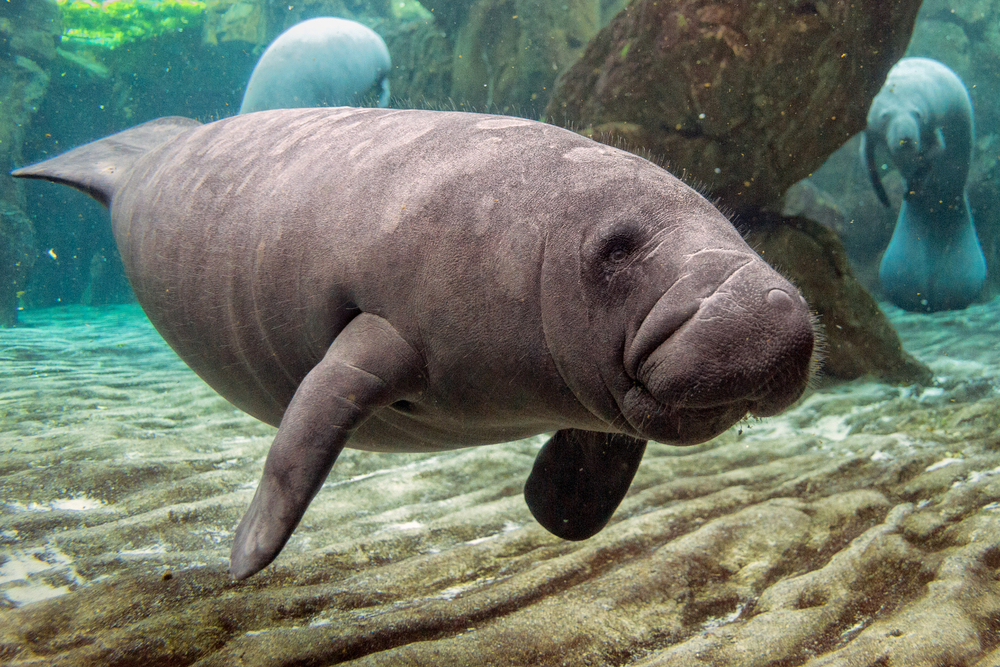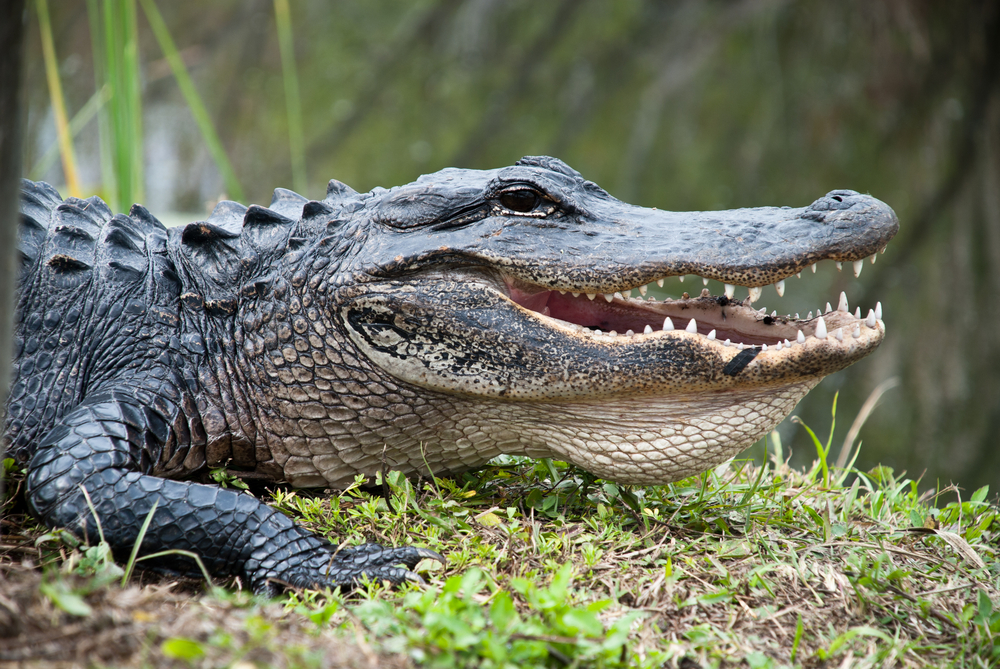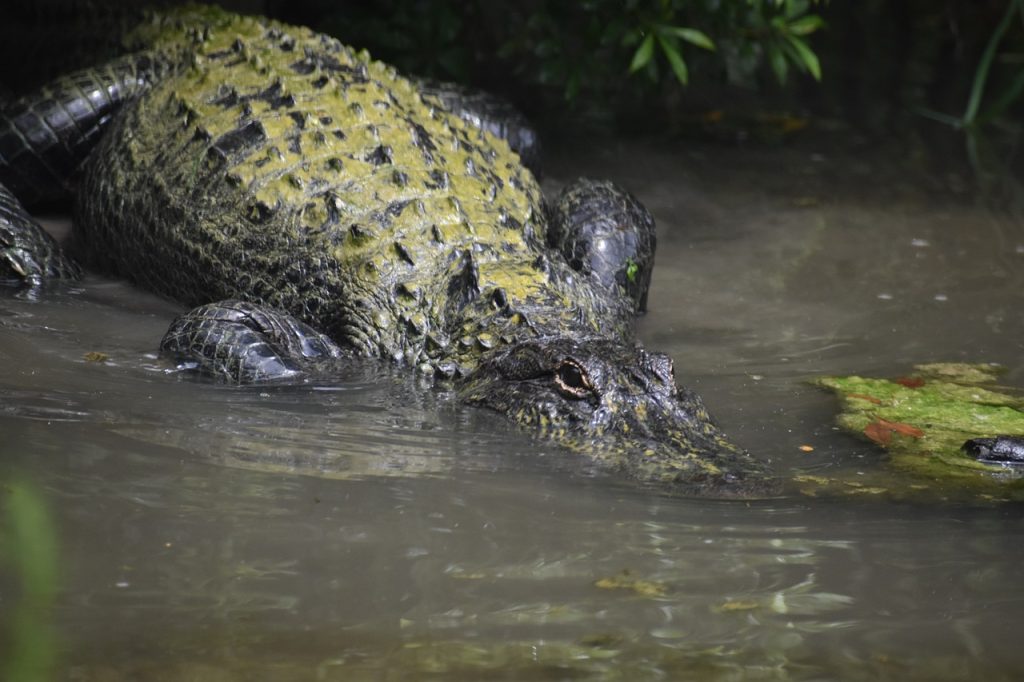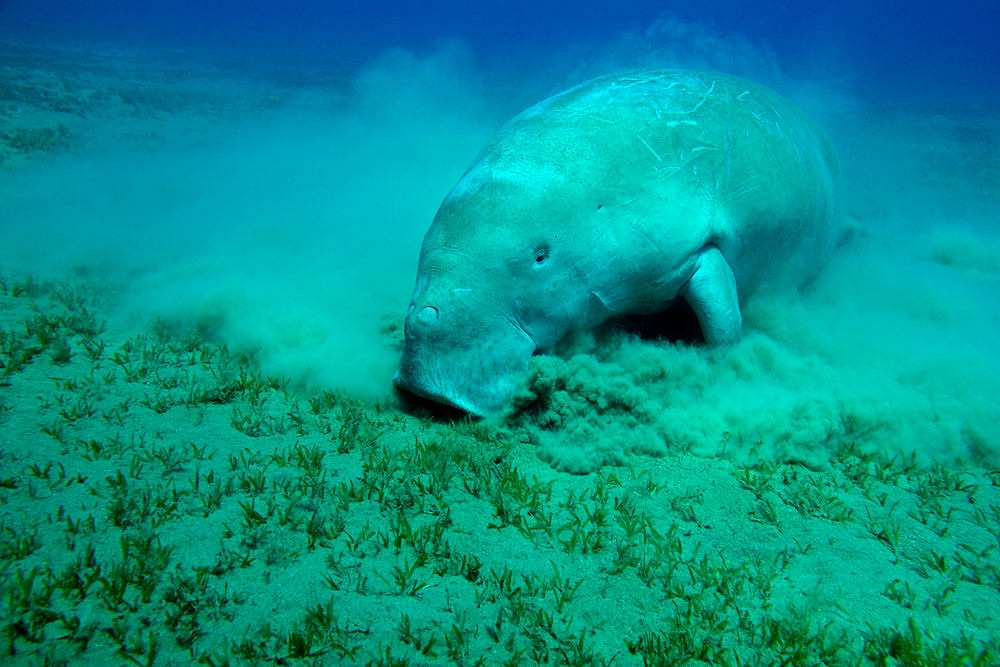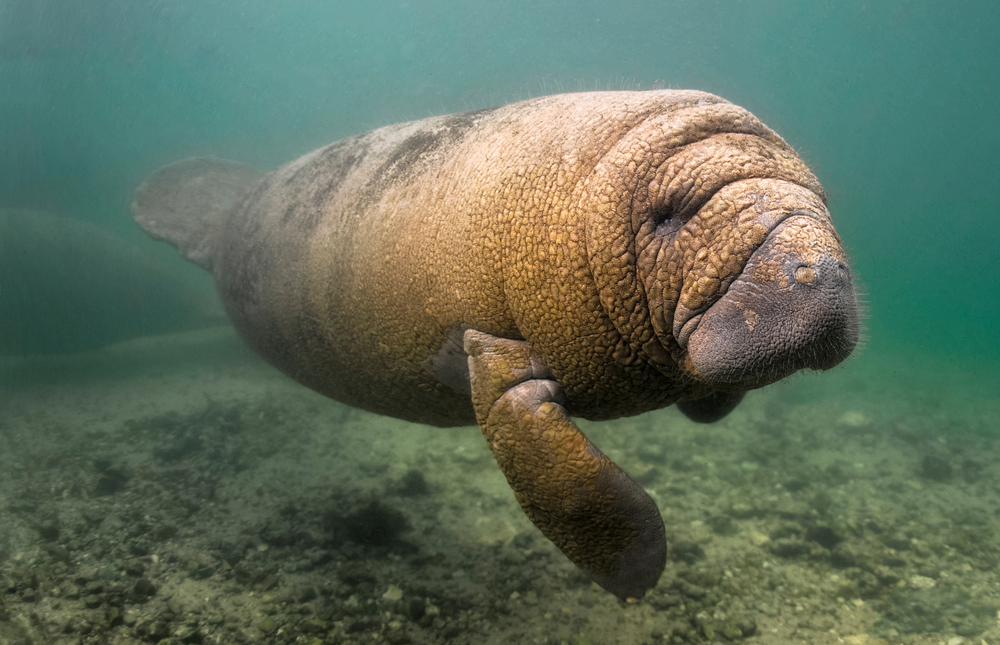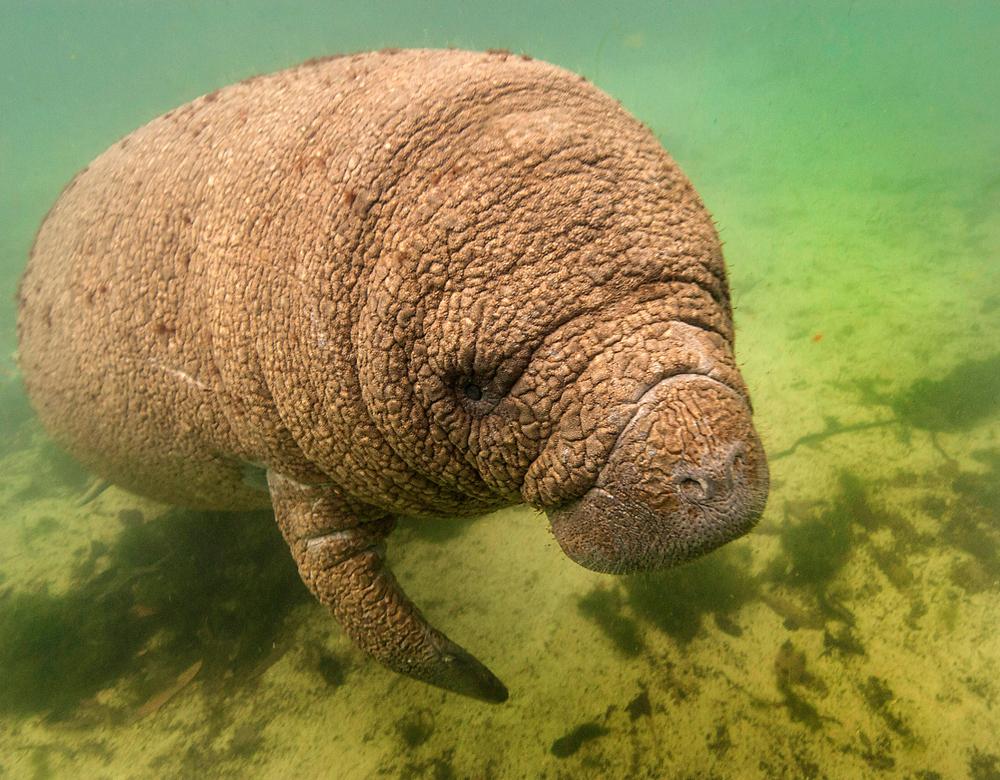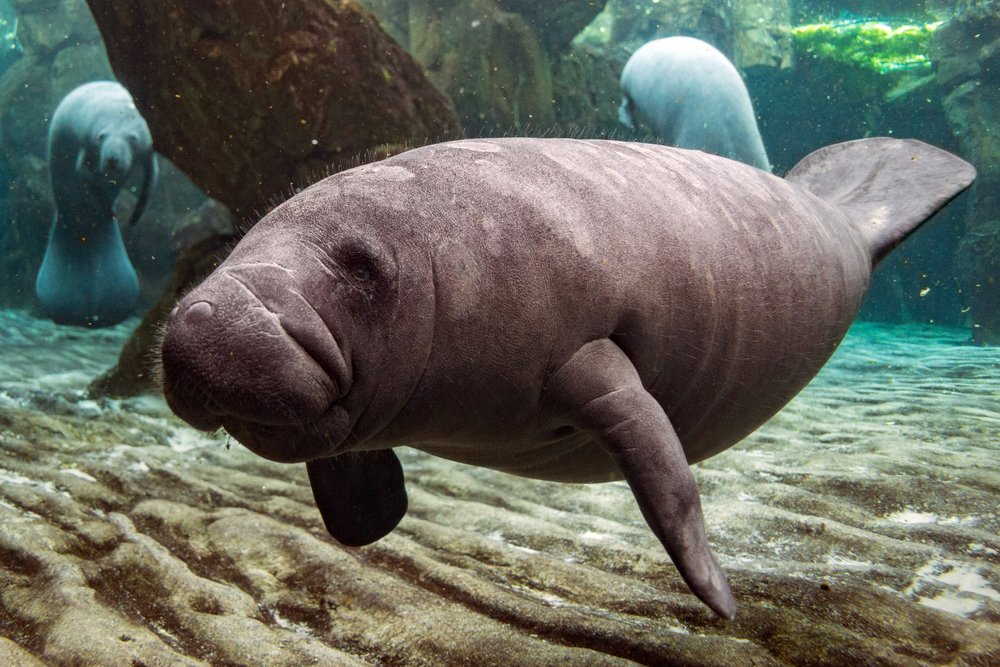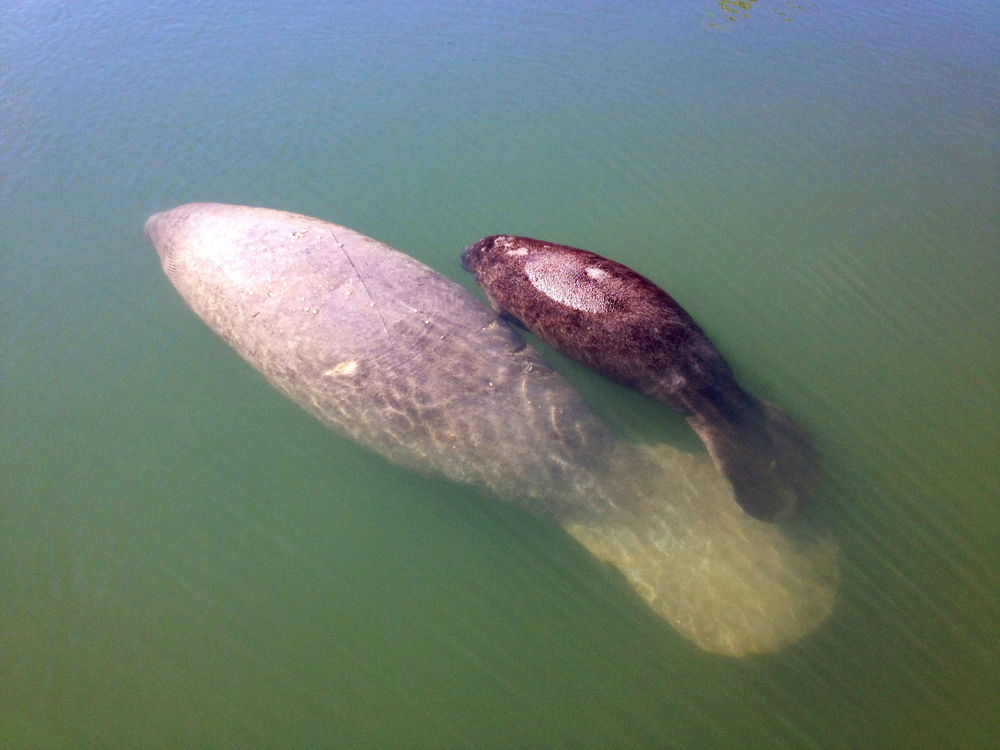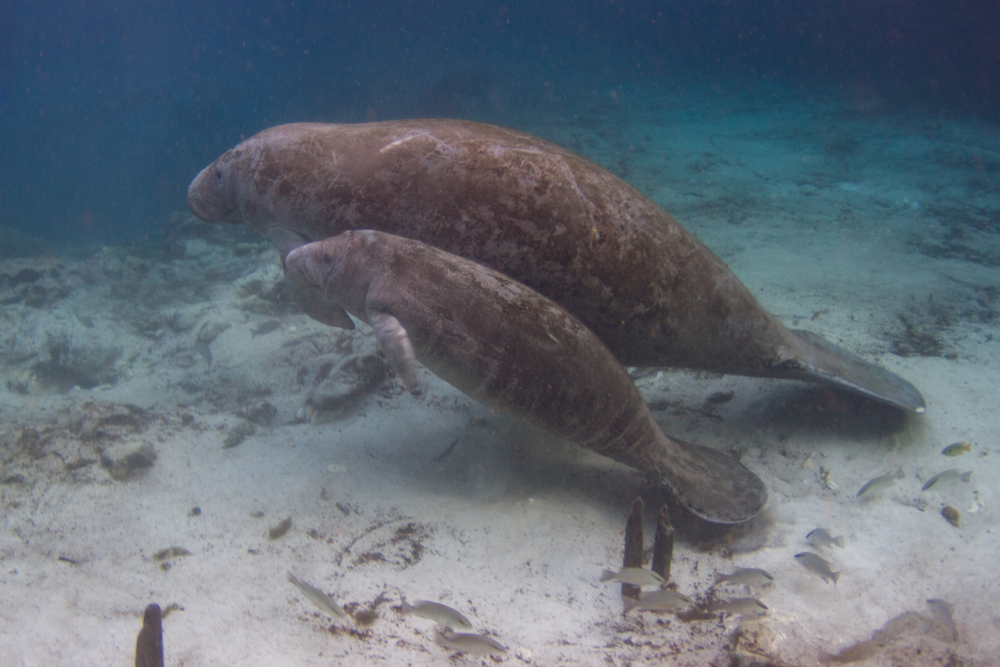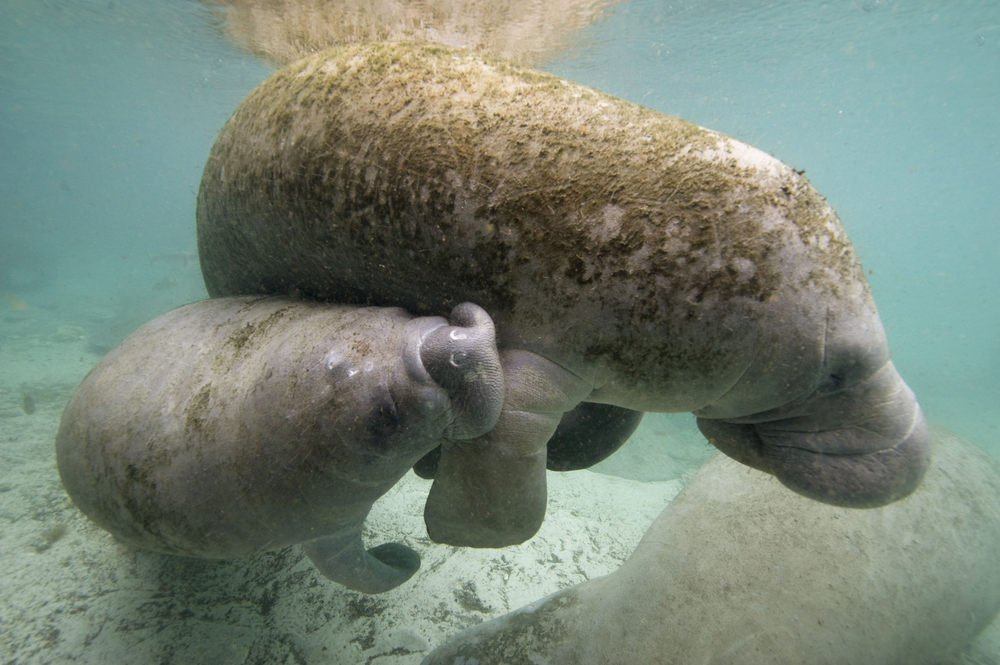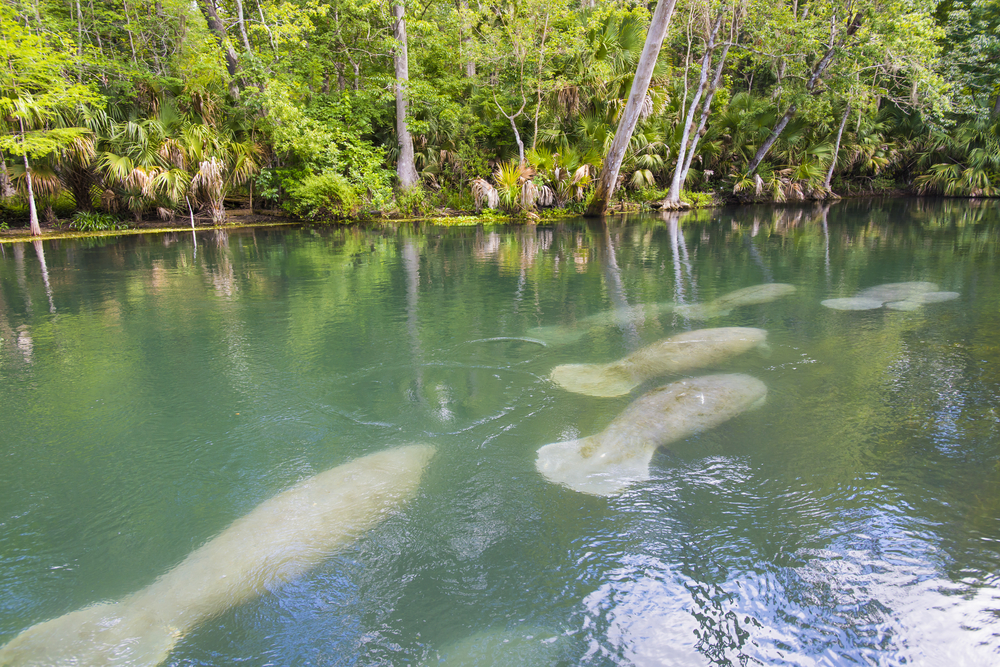About
#Herbivore
#Mammals
The manatee, often referred to as a “sea cow,” is a remarkable aquatic mammal known for its gentle nature and unique adaptations. Manatees belong to the order Sirenia, which places them in the Animal Kingdom as mammals. They share this classification with their close relatives, dugongs, and the now-extinct Steller’s sea cow.
Manatees are primarily herbivorous marine mammals, and they are adapted for a fully aquatic lifestyle. These slow-moving giants inhabit the warm, shallow coastal waters, rivers, and estuaries of the Americas, including the West Indian, West African, and Amazonian manatee species. They are known for their large, rotund bodies, which can reach lengths of up to 13 feet (4 meters) and weigh as much as 3,500 pounds (1,587 kilograms).
One of the most distinctive features of manatees is their paddle-like flippers, which they use for swimming and foraging on aquatic vegetation. Their broad, wrinkled faces are equipped with sensitive bristle-like hairs that help them sense and locate food. Manatees are herbivores, primarily feeding on seagrasses, aquatic plants, and some algae.
Despite their slow movements, manatees are gentle and social animals, often seen in small groups or alone. Unfortunately, these peaceful giants are listed as vulnerable or endangered due to various threats, including habitat loss, watercraft collisions, and environmental pollution. Conservation efforts are crucial to protecting these fascinating creatures and preserving their vital roles in their respective ecosystems.
Conservation Concerns
Manatees face numerous threats, including habitat loss, pollution, boat strikes, entanglement in fishing gear, and poaching. Destruction of mangroves, seagrass beds, and freshwater habitats deprives manatees of essential food sources and shelter, leading to declines in population numbers.
Human activities such as boat traffic pose significant risks to manatees, causing injuries and fatalities from collisions. Efforts to mitigate these threats include speed zone regulations, habitat restoration, and the establishment of protected areas. Conservation organizations also conduct rescue and rehabilitation efforts for injured or stranded manatees.
The International Union for Conservation of Nature (IUCN) Red List categorizes West Indian Manatees (Trichechus manatus) as vulnerable and the Amazonian Manatee (Trichechus inunguis) as endangered due to population declines and ongoing conservation challenges. Continued conservation efforts, public awareness campaigns, and sustainable management of coastal habitats are crucial for safeguarding manatee populations and ensuring their survival in the wild.
Threatened:
Extinct
Critically Endangered
Endangered
Vulnerable
Near Threatened
Least Concern






























































